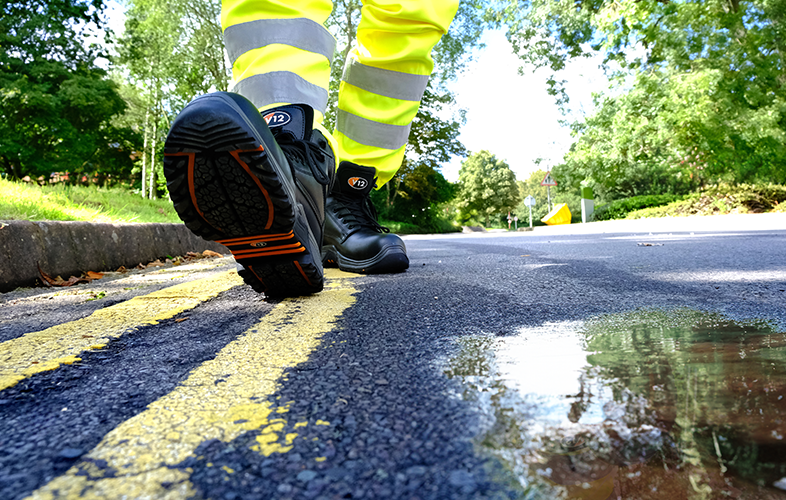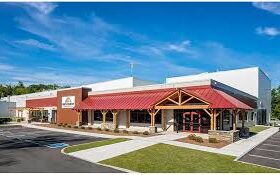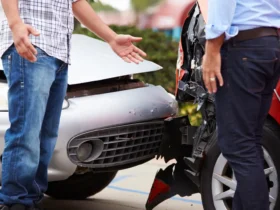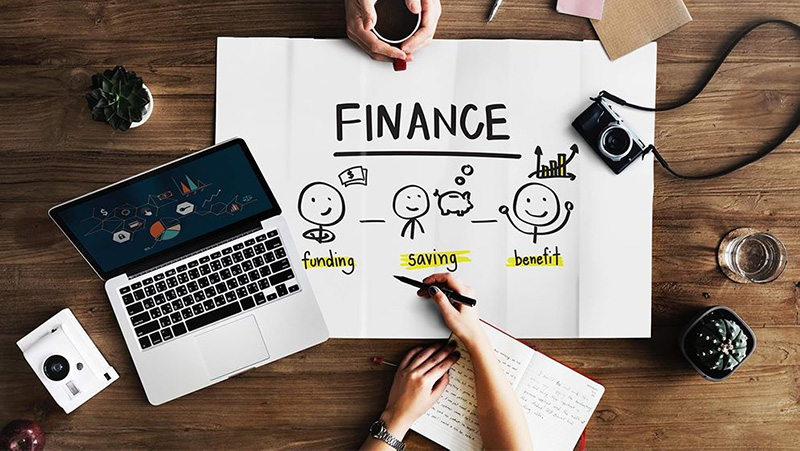An Unlikely Beginning
Advanced Recycling achieved what many considered impossible: transforming discarded plastic waste into durable PVC boots that workers could actually wear. The story did not unfold in a gleaming laboratory with unlimited resources, but rather emerged from a persistent question that refused to go away: what if the plastic we throw away could protect the feet of those who collect it? This innovation, born from necessity and refined through stubborn determination, reveals how recycling technology can leap from theoretical possibility to practical reality.
The Problem That Demanded a Solution
The genesis of this innovation traces back to a fundamental inefficiency. Industries across Singapore generated enormous quantities of PVC waste, offcuts from manufacturing, rejected products, and end-of-life materials. Simultaneously, workers in waste management, construction, and sanitation required robust protective footwear, typically imported and expensive.
Two problems existed in parallel, never intersecting until someone asked the obvious question: could one solve the other? The answer was not immediately yes. PVC recycling presented formidable technical challenges that had stymied previous attempts.
Understanding the Technical Hurdles
PVC, or polyvinyl chloride, ranks among the most difficult plastics to recycle through conventional methods. Unlike PET or HDPE, which melt and reform relatively easily, PVC degrades when heated repeatedly. The material contains chlorine, which complicates processing and can release harmful compounds if mishandled.
Previous recycling efforts had produced inferior material, brittle and unsuitable for demanding applications. Creating footwear from recycled PVC required solving several problems simultaneously:
- Maintaining material integrity through the recycling process
- Removing contaminants without compromising polymer structure
- Achieving consistency in colour and texture
- Ensuring the final product met safety standards for protective equipment
- Developing manufacturing processes that could scale economically
Singapore’s Advanced Recycling sector had long recognised these challenges, making the successful development of recycled PVC boots particularly noteworthy.
The Breakthrough Moment
The innovation came not from a single eureka moment but from methodical problem-solving over months. Researchers discovered that by carefully controlling temperature and processing time, they could recycle PVC without significant degradation. Chemical additives, precisely calibrated, stabilised the material during reprocessing.
The key lay in treating recycled PVC not as inferior virgin material but as a distinct substance with its own properties requiring its own approach. Rather than attempting to replicate virgin PVC exactly, the process optimised for durability, flexibility, and water resistance, the essential characteristics for protective footwear.
Testing revealed something unexpected: the recycled material, properly processed, actually performed comparably to virgin PVC in several metrics. Tensile strength, flexibility, and weather resistance all met or exceeded requirements for industrial footwear.
From Prototype to Production
Moving from laboratory samples to commercial production exposed new challenges. Scaling up meant sourcing consistent feedstock, establishing quality control protocols, and designing manufacturing processes that could produce boots reliably.
The supply chain required careful orchestration. Collection points gathered PVC waste from industrial sources, ensuring material purity. Sorting systems segregated different PVC grades. Processing facilities ground, cleaned, and reformulated the material. Finally, manufacturing partners moulded the recycled PVC into boots using adapted injection moulding techniques.
Each stage demanded attention to detail. A single contaminated batch could compromise product quality. Variations in incoming material required constant adjustment of processing parameters. Advanced Recycling technologies enabled monitoring and control at unprecedented precision.
The Economics of Innovation
Financial viability remained uncertain throughout development. Recycled PVC boots needed to compete with established products whilst covering the costs of collection, processing, and manufacturing. Early production runs proved expensive, with yields lower than projections and rejection rates higher than acceptable.
Persistence paid off. As processes improved, costs declined. Volume increased, enabling economies of scale. The final product reached price parity with imported boots whilst offering a compelling sustainability story.
Singapore’s Advanced Recycling initiatives provided crucial support during this vulnerable period, demonstrating how government backing can bridge the gap between promising innovation and commercial success.
Real-World Performance
The ultimate test came when workers began wearing the boots daily. Laboratory testing could simulate conditions, but actual use in construction sites, waste facilities, and industrial environments revealed truths that no test protocol could predict.
Feedback proved positive. The boots demonstrated durability, comfort, and weather resistance comparable to conventional products. Workers reported no significant differences in performance. Some noted the boots actually proved more comfortable during extended wear, possibly due to slight differences in material flexibility.
Environmental Impact Beyond the Obvious
The innovation’s significance extends beyond diverting waste from landfills. Each pair of boots represents approximately 1.2 kilogrammes of plastic that otherwise required disposal. Multiply this across thousands of workers and the impact becomes substantial.
Additionally, producing boots from recycled material consumes less energy than manufacturing from virgin PVC. The process eliminates the energy-intensive steps of petroleum refining and polymerisation required for virgin material production.
Challenges That Remain
The success story should not obscure ongoing challenges. Scaling production to meet broader demand requires significant infrastructure investment. Ensuring consistent feedstock quality as volumes increase presents logistical complexities. Competing with established manufacturers entrenched in existing supply chains demands persistent marketing efforts.
Moreover, boots represent just one application. The technology could potentially produce other products, but each requires separate development, testing, and certification.
A Template for Future Innovation
The transformation of waste PVC into functional boots demonstrates a crucial principle: recycling technology succeeds when it solves real problems for real users. This was not recycling for its own sake, but innovation driven by practical needs and market demand.
The story offers lessons for other recycling initiatives. Success requires technical excellence, certainly, but also supply chain coordination, quality control, economic viability, and end-user acceptance. Missing any element undermines the entire effort.
What began as a question about turning waste into something useful became a proof of concept for how Advanced Recycling can create genuine circular economy loops, where yesterday’s discards become tomorrow’s essential products.












